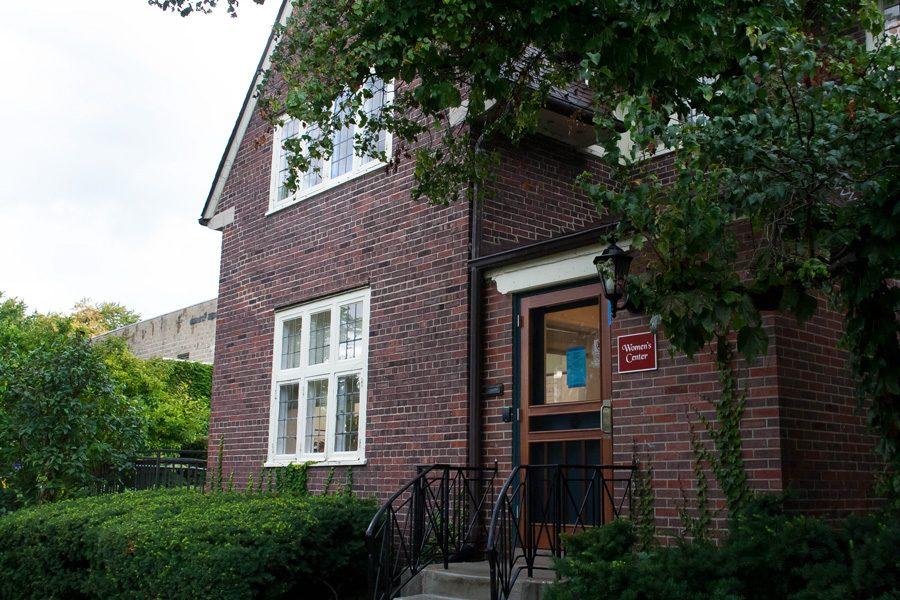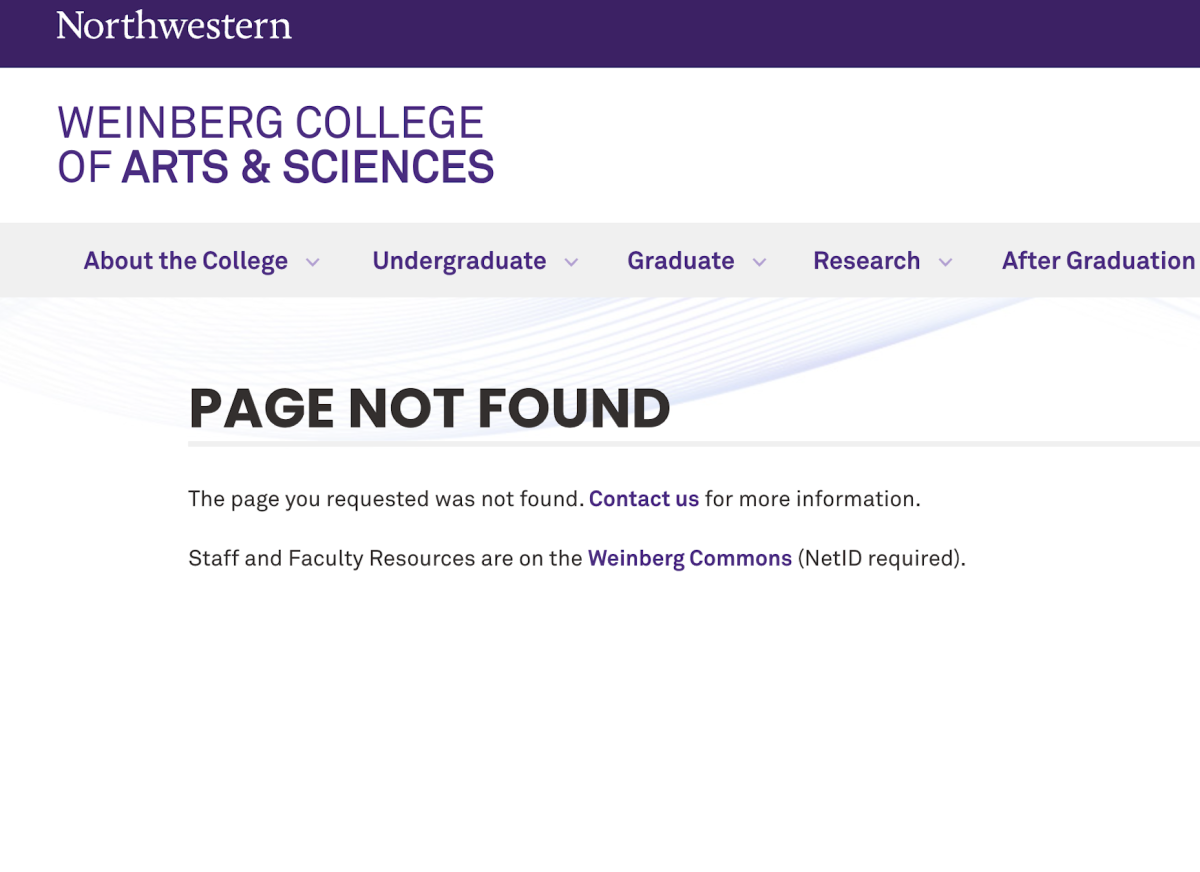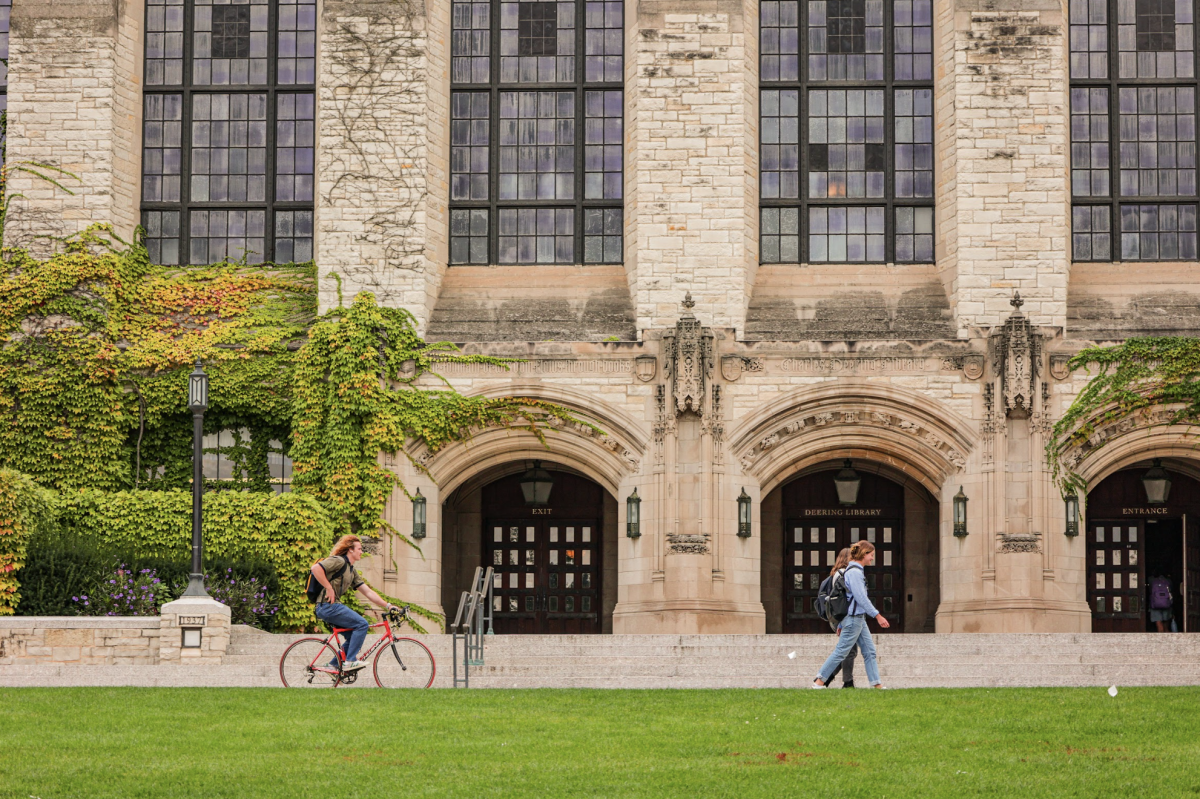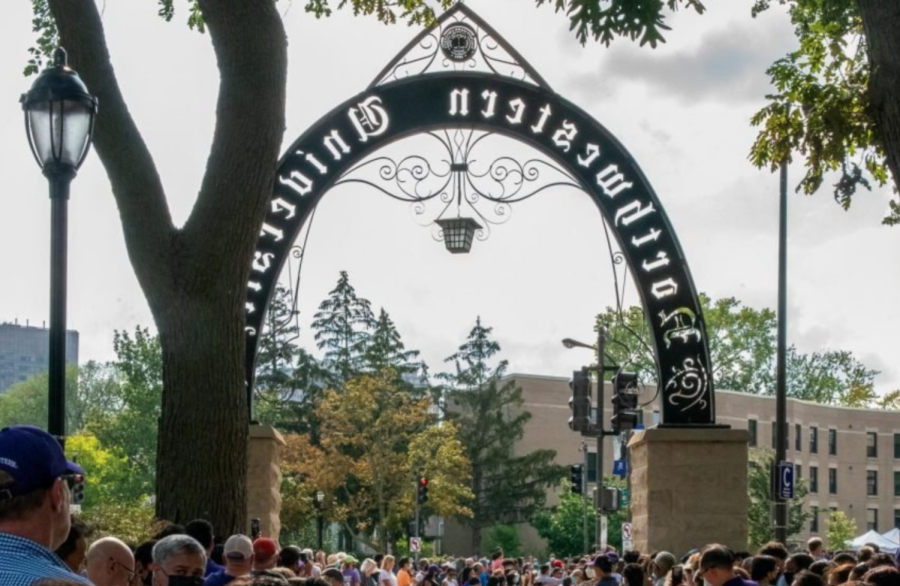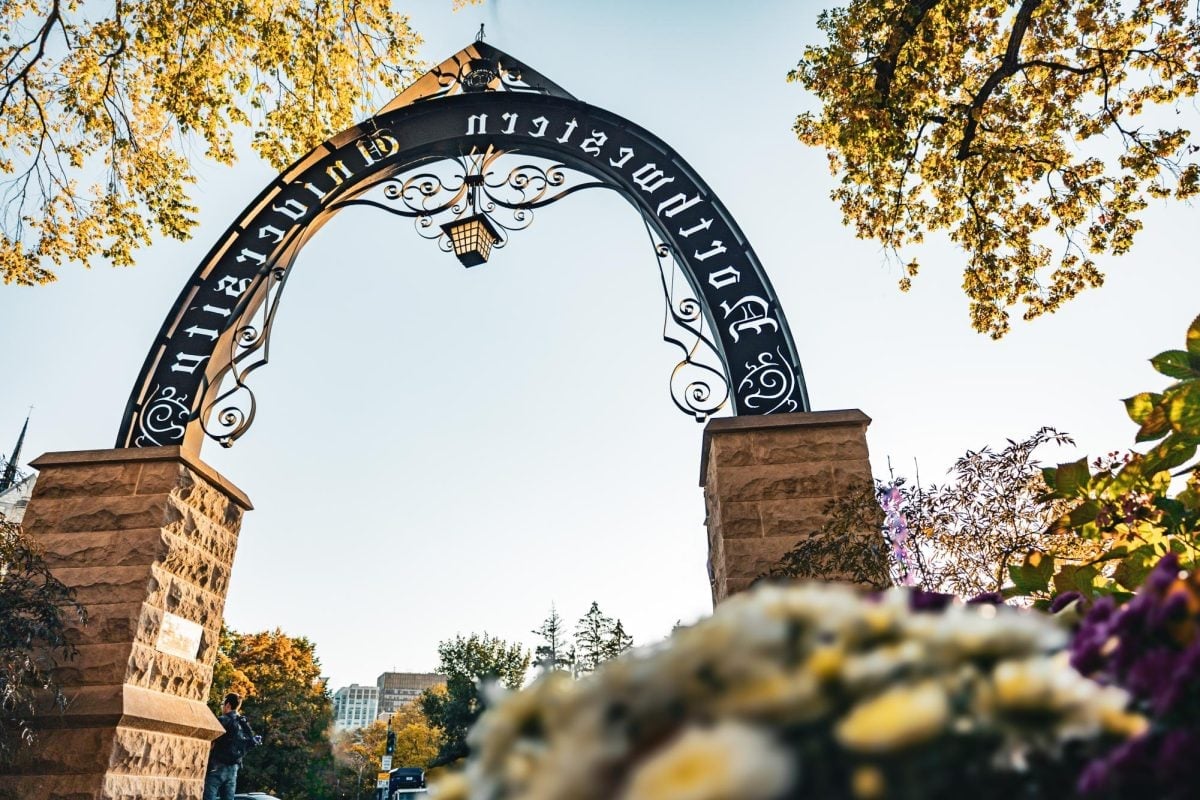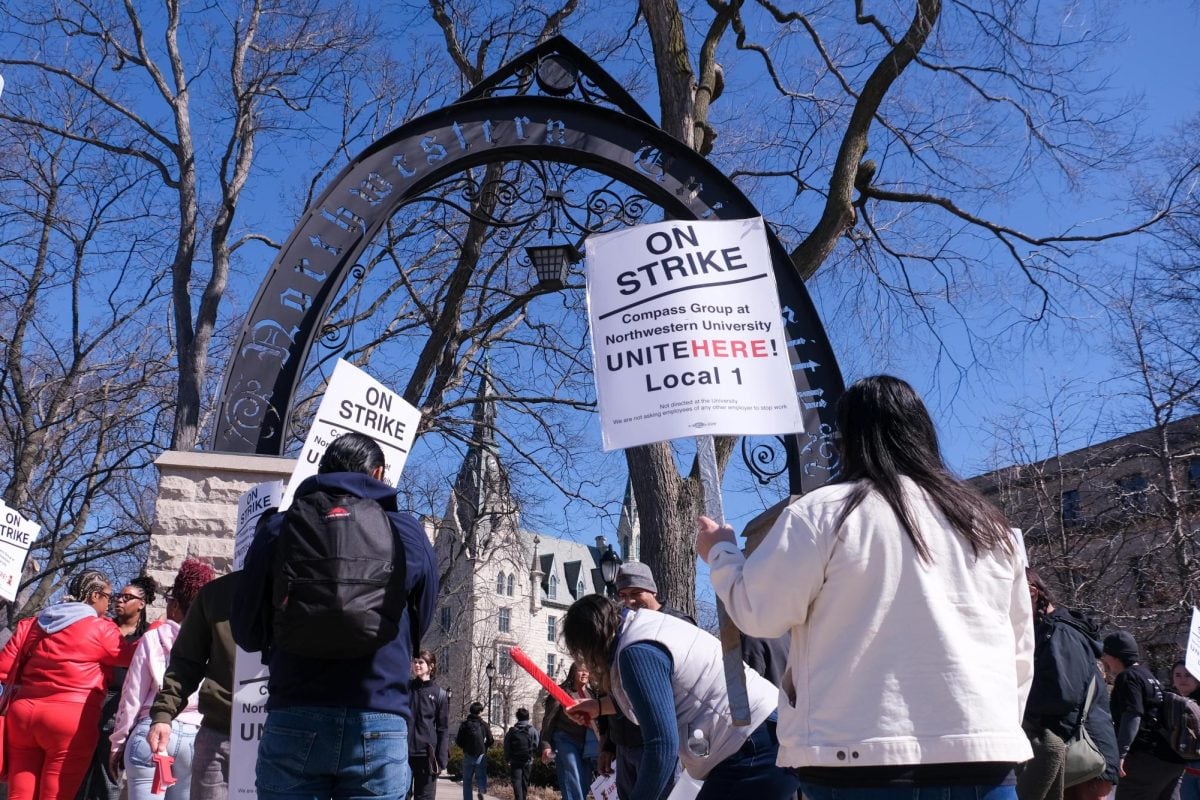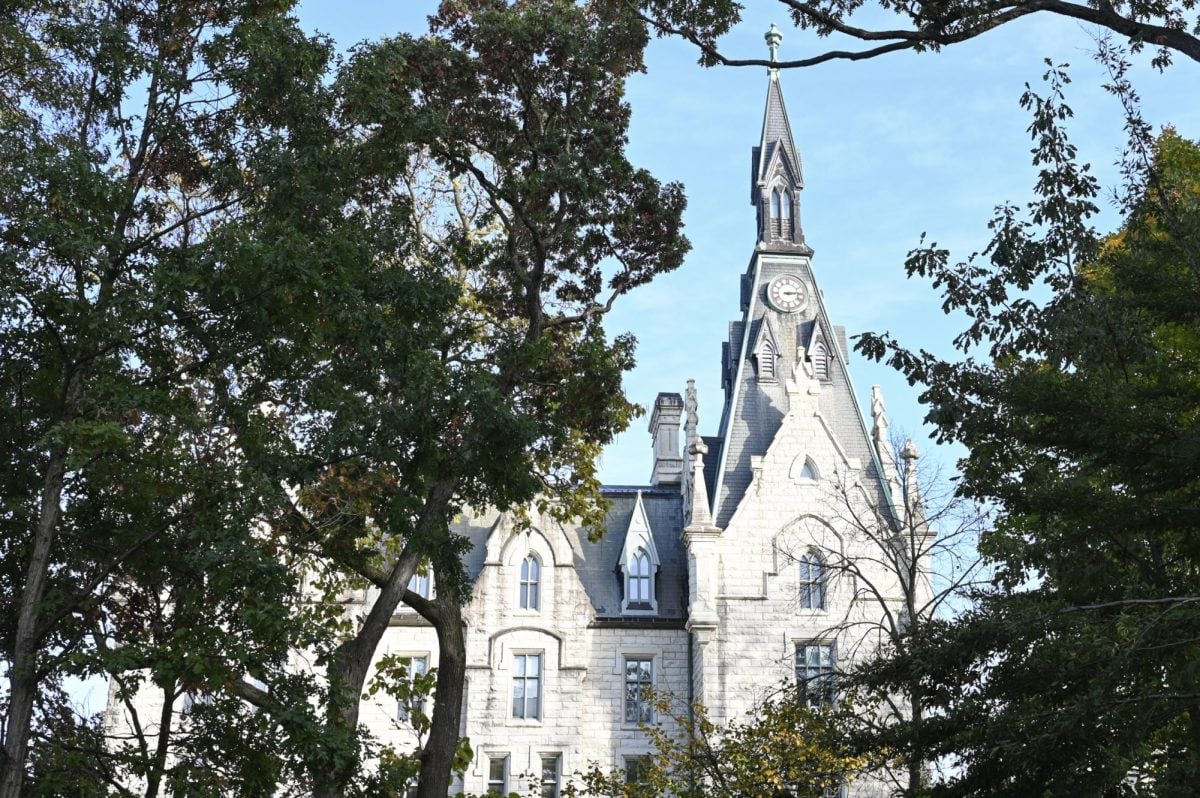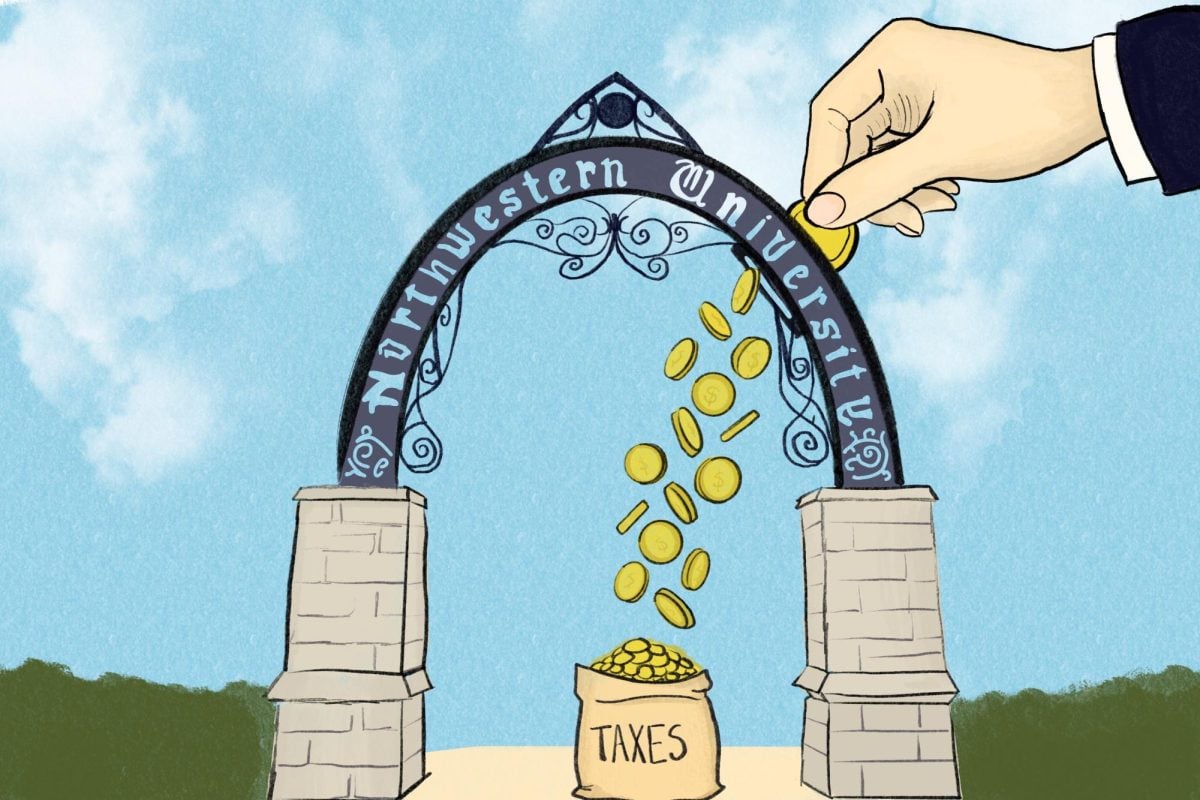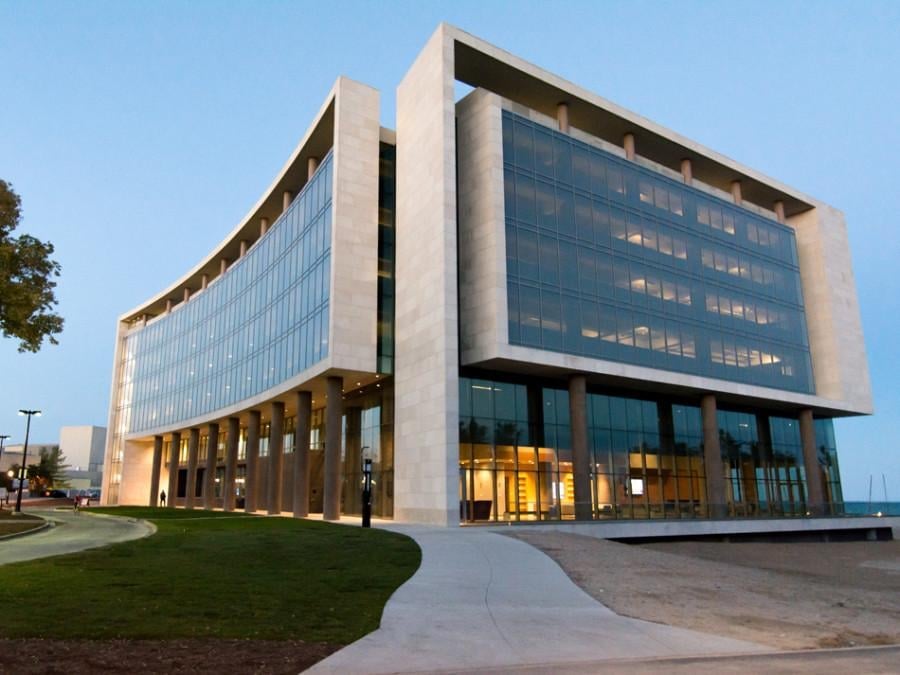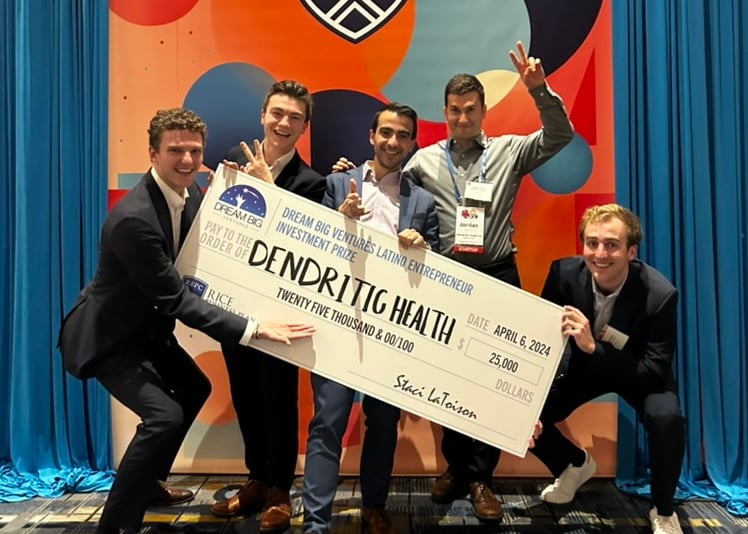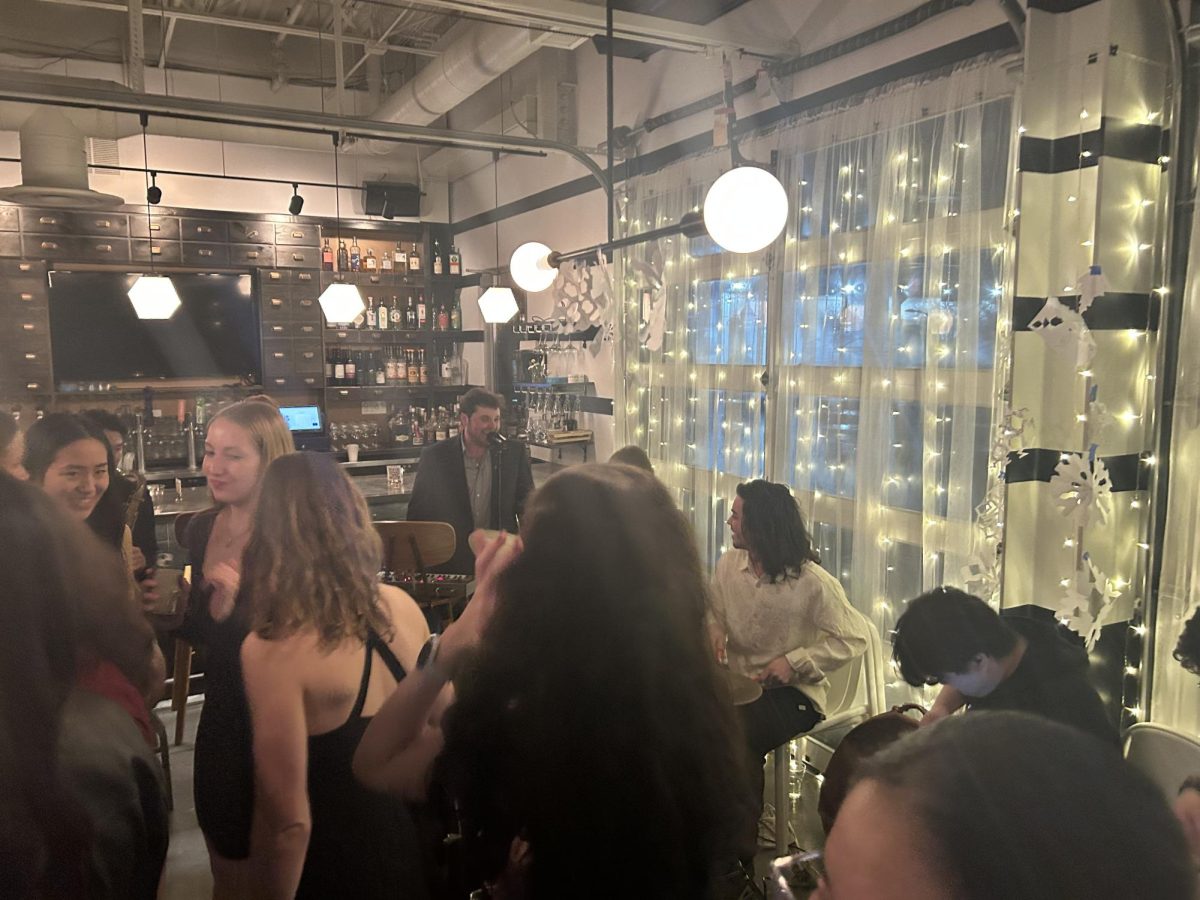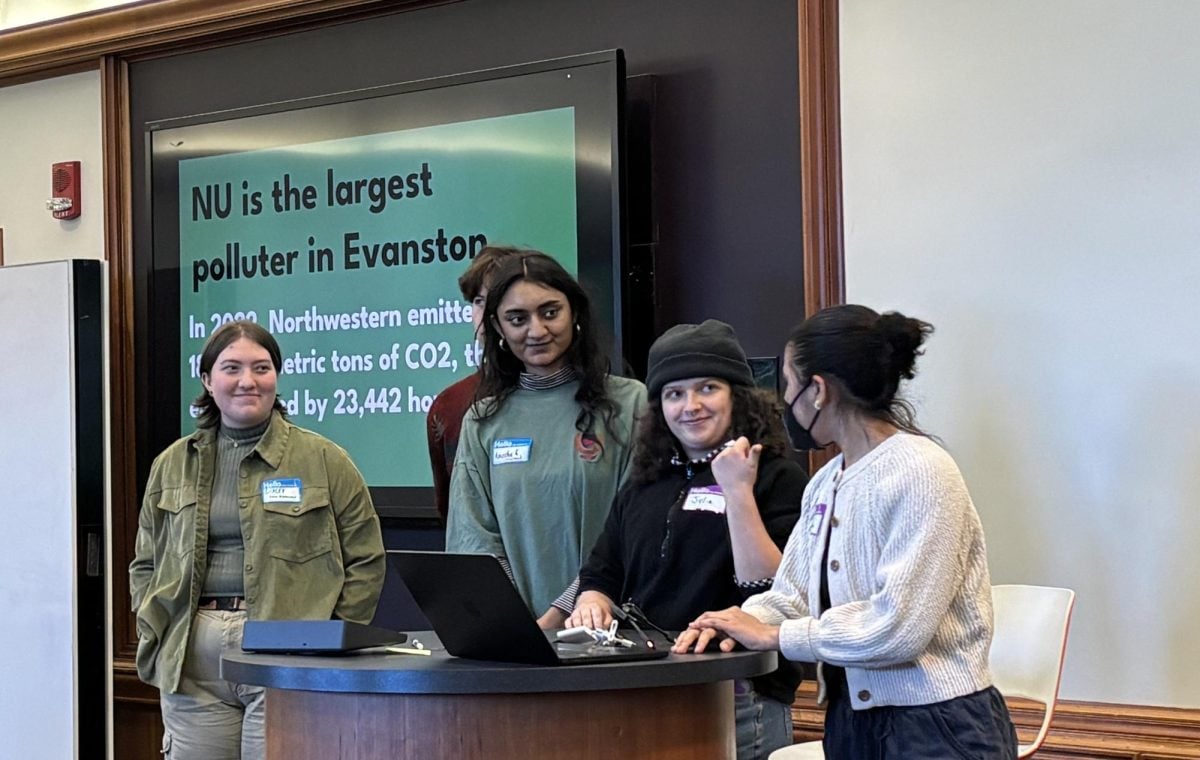Students from Northwestern Emergency Medical Organization continue in their attempts to organize an emergency student response service.
Although students first drafted a proposal for an emergency response service in 2010, liability concerns and logistical problems have completely transformed the organization’s initial goal of creating a “full-fledged” emergency medical technician team, EMS University relations manager Mike Hernandez said.
“We need to start on a small scale,” the Weinberg senior said. “First we really need to identify the needs of the Northwestern community.”
The organization is currently working with administrators to research what those needs are. NEMO president Yoon Lee said students made progress in achieving their goal to bring an emergency response service to campus this fall by meeting with Patricia Telles-Irvin, vice president of student affairs, and Northwestern health services executive director Dr. John Alexander. Both Telles-Irvin and Alexander were unavailable for comment.
Lee explained that until they work out liability issues with the University, they cannot plan exactly what their service will provide.
“Liability is the utmost concern,” the McCormick junior said. “While this service can provide great service to the students, we want to make sure we actually provide that service.”
Hernandez said the group is currently collaborating with the University’s Office of Risk Management and emergency response programs implemented at other schools to address these liability concerns. Currently, he explained they are examining the most effective insurance options and how Illinois state laws differ from laws in other states where universities have EMT student responders.
He also said NEMO was working with these collaborators to determine how to best train students.
“Obviously Northwestern does not want to have students making mistakes on the scene,” he said.
Both Lee and Hernandez emphasized that NU is one of few top-ranked universities in the nation that does not have an emergency response team in place.
“This is something the University needs to do in order to bring itself to the front line with regards to that,” Hernandez said.
Lee said although the group does not yet know the logistics of their EMT plans, a survey that 300 students responded showed that people want peer support and paramedics who do not know their way around NU’s campus often take a long time to arrive on the scene.
“We could provide a link between when the students call and when the paramedics arrive,” she said. “A lot of people who we surveyed want someone their age to be with them even when the paramedics come.”
NEMO has reached out to Georgetown University’s successful student-run EMT program, known as GERMS. Katie McClellan, a Georgetown student who works with GERMS, said her group has been sharing information with NEMO and answering their questions. GERMS, a campus staple for 30 years, operates under the university’s program.
“Just in general I think it’s a very valuable resource can be a very valuable organization on any college campus,” McClellan said.


